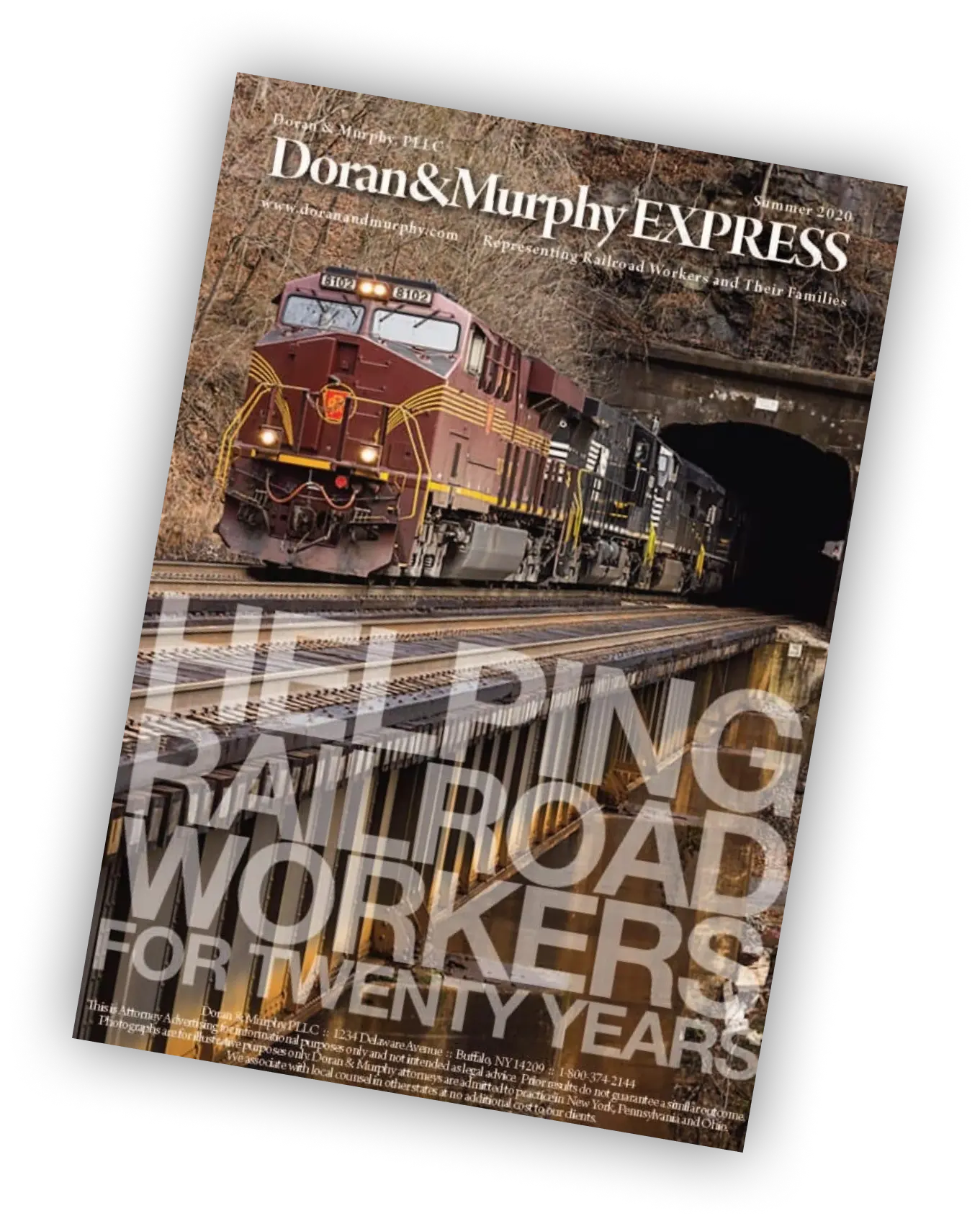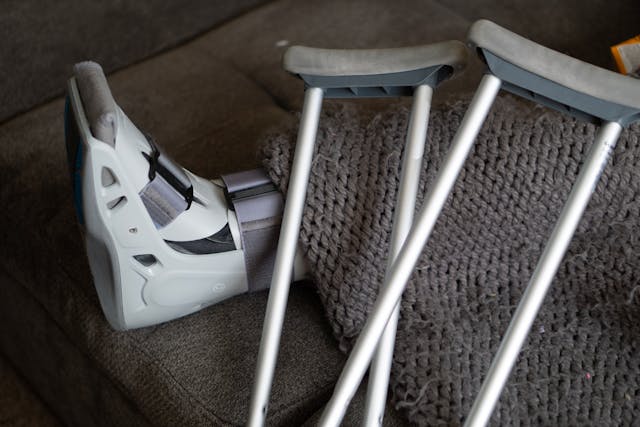
On September 1, 2023, a railroad conductor lost his leg in a switching accident. The FRA continues to investigate the incident, but has issued a safety bulletin to all railroads as a reminder of the best practices for kicking cars safely.
“Kicking cars” as used in 49 CFR 218.99(a)(2) is generally defined as “the common railroad switching practice of shoving or pushing rolling equipment and then uncoupling the equipment and allowing it to roll free.” Properly kicking cars requires experience and understanding of the process as well as the terrain where the switching operations are taking place.
In the recent incident, a crew kicked an empty tank car onto a storage track toward secured cars. The empty car began rolling back towards the crew. The conductor mounted the rolling tank car to apply the hand brake, fell, and the car ran over him, severing one leg and severely injuring the other.
The Safety Bulletin reminds railroads of a prior Safety Advisory that advised railroads to evaluate all locations where flat switching operations are conducted, and identify the physical characteristics of the area that might heighten the possibility of these types of incidents.
The railroad’s duty to inspect the workplace is not new. The Federal Employers Liability Act allows recovery for injured railroad workers where the railroad failed to inspect a worksite for potential harms. The incident underlying the safety bulletin happened at an industry serviced by the railroad, yet the railroad’s duty still exists at these non-railroad locations. The railroad has a “non-delegable duty” to its workers. This means that the railroad can’t delegate the responsibility to the industry being serviced to conduct inspections for harms to railroad employees.
If you or a loved one have been injured working for the railroad, a knowledgeable FELA attorney can assist in determining if the railroad was negligent in causing the injury. Contact us today for a free consultation.





